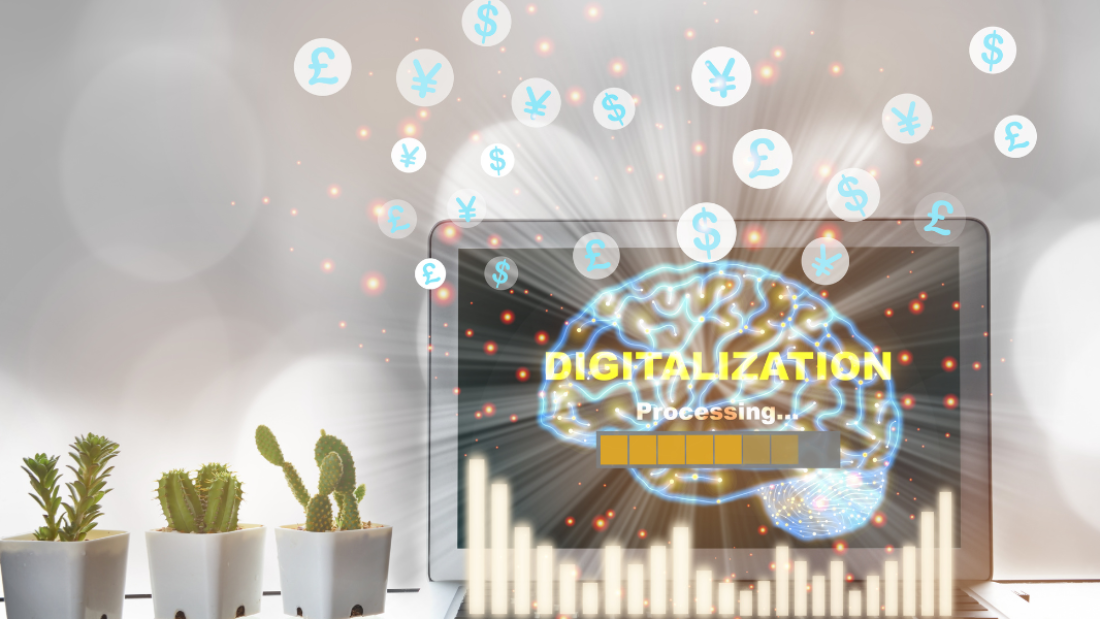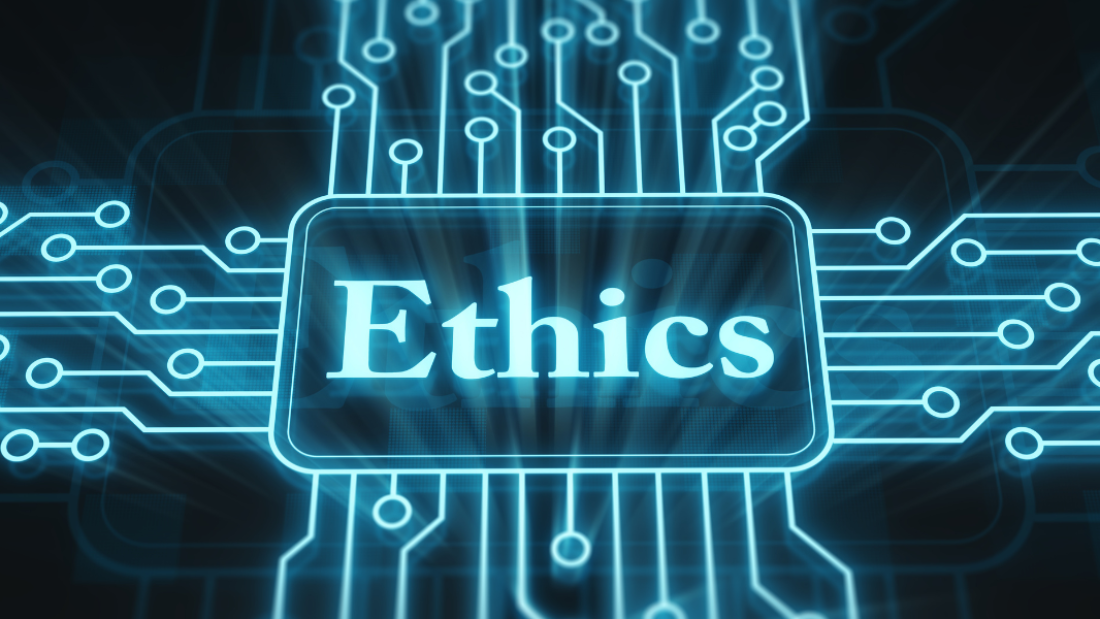Ever wondered if your emotions could be decoded by technology? Dive into the fascinating realm of emotion analysis and uncover how this innovative tool can revolutionize industries, enhance user experiences, and unlock a deeper understanding of human behavior. From deciphering customer sentiments to refining marketing strategies, emotion analysis holds the key to a more personalized and impactful interaction with your target audience. Join us as we explore the boundless possibilities of this cutting-edge technology and discover how it can reshape the way we connect, communicate, and engage in the digital age.
Understanding Emotion Analysis in Customer Service
Role
Emotion analysis is pivotal in understanding customer sentiments, aiding in deciphering specific customer emotions during service interactions. By utilizing emotional analysis tools, companies can effectively categorize customer emotion dynamics, enhancing service quality.
Emotion analysis allows businesses to extrapolate customer sentiments from various touchpoints, facilitating the identification of customer emotion series. This process enables service staff to tailor their responses based on the detected emotions, leading to more personalized interactions.
Metrics
Key metrics utilized in emotion analysis include sentiment analysis and an emotional metric. Sentiment analysis gauges the overall sentiment of customers towards a product or service, providing insights into their satisfaction levels.
An emotional metric, on the other hand, delves deeper into customer comment emotions, offering a nuanced understanding of individual reactions. By employing these metrics, companies can quantify emotional responses, enabling them to gauge the effectiveness of their service strategies.
Impact
Emotions play a significant role in shaping customer satisfaction and fostering loyalty. Positive emotional experiences enhance customer satisfaction levels, leading to increased loyalty and repeat business. Conversely, negative emotions can result in dissatisfied customers who may seek alternative service providers.
Consumer emotions greatly influence service quality, highlighting the importance of addressing emotional needs alongside functional requirements. By prioritizing emotional analysis, companies can create a more empathetic service environment that resonates with customers on a deeper level.
Enhancing Interaction Quality
Boosting Agent Performance
Utilize emotion analysis to identify areas for improvement in communication. By analyzing emotional cues in customer interactions, companies can pinpoint specific areas where agents may need additional training or support. This targeted approach helps boost agent performance by addressing weaknesses and enhancing strengths.
Implement training programs based on emotional insights to boost agent performance. These programs can focus on developing empathy, active listening skills, and emotional intelligence. By equipping agents with the tools to understand and respond effectively to customer emotions, companies can enhance the overall quality of interactions.
Measuring Interaction Quality
Measure interaction quality by analyzing emotional feedback from customers. By capturing and analyzing customer sentiments, companies can gain valuable insights into the effectiveness of their communication strategies. This data allows businesses to track service quality, identify trends, and make data-driven decisions to improve customer satisfaction.
Pros:
Provides a nuanced understanding of customer sentiments
Helps companies improve reliability rate through targeted improvements
Enables businesses to focus on key areas for improvement
Cons:
Requires an integration of emotion analysis tools
May involve additional costs for training and implementation
Personalized Customer Interactions
Tailoring Responses
Leverage emotional data to tailor responses to individual customer needs. By analyzing customer sentiments and feelings, businesses can understand their preferences better. This allows for personalized interactions that cater to each customer’s unique requirements.
Creating customer profiles that include emotional preferences is key for better engagement. By compiling data on customer behavior and perceptions, businesses can anticipate needs. These profiles enable companies to offer tailored solutions, enhancing the overall customer experience.
Targeted Outreach
Enhance customer relationships through targeted emotional outreach strategies. By understanding vast customer feedback data, businesses can identify areas for improvement. This proactive approach shows customers that their opinions are valued, leading to increased customer satisfaction.
Improved engagement through tailored responses
Anticipating customer needs with emotional profiles
Enhancing relationships via targeted outreach
Real-Time Feedback and Response
Voice Recognition Systems
Integrate voice recognition systems into your feedback analysis tools for efficient data collection. These systems can accurately capture respondents’ emotions in real-time, providing valuable insights for immediate action.
Utilize voice recognition tools to analyze the tone and sentiment of customer responses promptly. By leveraging these tools, businesses can gauge customer satisfaction levels instantly and tailor their responses accordingly.
Performance Analysis
Implement performance analysis techniques to evaluate the effectiveness of real-time feedback mechanisms. This allows organizations to assess the speed and accuracy of their responses, ensuring timely adjustments to enhance customer experience.
Monitor survey kiosks in real-time to gather instant feedback from customers. Analyzing this data promptly enables businesses to identify trends and make informed decisions to improve service quality efficiently.
Time Analysis
Conduct time analysis on customer responses to measure the speed of interactions. By tracking the time taken for customers to provide feedback, organizations can streamline processes and reduce response times, enhancing overall efficiency.
Employ periodic assessments to evaluate the effectiveness of real-time response strategies over time. This continuous monitoring helps in identifying areas for improvement and optimizing service delivery based on evolving customer preferences.
Proactive Problem Solving
Analyzing Emotional Trends
Analyze emotional trends over time to anticipate customer issues before they escalate. By tracking fluctuations in sentiment, businesses can pinpoint potential problems and address them proactively.
Develop action plans based on the emotional data gathered from customer interactions. Implement algorithms that can detect patterns in emotions expressed through text. These algorithms help in predicting and preventing future issues.
Implementing Proactive Strategies
Establish solutions to address emotional triggers identified through data analysis. Create KPIS to measure the effectiveness of these strategies in improving customer satisfaction levels. Utilize historical emotional data to develop targeted approaches for different scenarios.
Encourage teams to utilize emotional insights for years to come. By integrating emotional analysis into their workflow, teams can preemptively resolve customer concerns and enhance overall service quality.
Training and Development
Design Modules
Design training modules that incorporate emotional intelligence skills for staff. These modules should focus on enhancing employees’ ability to recognize and manage their emotions effectively. By integrating emotional intelligence training into the curriculum, organizations can improve communication among team members and enhance overall workplace productivity.
Evaluate Performance
Evaluate employee performance using emotion analysis to identify training needs. By analyzing emotional data gathered from interactions such as interviews and surveys, managers can gain insights into individual strengths and areas for improvement. This data-driven approach enables customized training programs tailored to meet specific employee development requirements.
Continuous Learning
Promote continuous learning by integrating emotional feedback into development programs. Utilizing machine learning algorithms and advanced analytics, organizations can provide employees with personalized feedback on their emotional responses in various scenarios. This fosters a culture of self-awareness and continuous improvement, leading to enhanced job satisfaction and performance.
Emerging Trends and Technologies
AI Advancements
Artificial intelligence (AI) continues to revolutionize emotion analysis through technological advances. With AI algorithms becoming more sophisticated, trend detection in customer emotions has become more accurate. These advancements enable businesses to gain new perspectives on customer sentiment, leading to improved decision-making processes.
Social Media Analytics
The role of social media analytics in understanding customer emotions is paramount in today’s digital age. By leveraging data from social platforms, businesses can track market growth trends and identify patterns in consumer behavior. This analytical approach provides valuable insights into customer preferences and helps companies adapt their strategies accordingly.
Tools for Customer Service
Staying updated on new tools that enhance emotion analysis capabilities in customer service is crucial for businesses aiming to provide exceptional customer experiences. These tools leverage technological advances in AI and machine learning to analyze customer interactions in real-time. By utilizing these tools, companies can address customer concerns promptly and personalize their services based on individual emotions.
Challenges and Considerations
Privacy Concerns
Collecting and analyzing emotional data raises privacy concerns due to the sensitive nature of this information. Individuals may feel uncomfortable knowing their emotions are being monitored and analyzed without their explicit consent.
Current regulations such as the GDPR in Europe require strict adherence to privacy guidelines when handling personal data, including emotional information. Companies must ensure that they have transparent policies in place for data collection and processing to protect individuals’ privacy rights.
Limitations of Emotion Analysis Technologies
One of the main limitations of current emotion analysis technologies is the difficulty in accurately interpreting complex emotions. While these technologies can identify basic emotions like happiness or sadness, nuances such as sarcasm or irony may be challenging to detect accurately.
Another limitation is the inability to capture cultural nuances in emotional expression. Emotions can vary significantly across different cultures, making it challenging for emotion analysis technologies to provide accurate assessments across diverse populations.
Ethical Implications in Customer Interactions
Using emotion analysis in customer interactions raises ethical implications regarding consent and transparency. Customers may not be aware that their emotions are being analyzed during interactions with companies, leading to concerns about informed consent and data usage.
Companies must balance the benefits of emotion analysis in improving customer experiences with the ethical responsibility to respect customers’ privacy and autonomy. Implementing clear policies on how emotional data is collected, stored, and used is essential to maintain trust with customers.
Future Directions in Emotion Analysis
Enhancing Customer Experiences
Emotional analyses are set to revolutionize customer experiences by providing deeper insights into consumer emotions. These insights will enable businesses to tailor their products and services more effectively.
Pros:
Personalized customer interactions
Improved customer satisfaction
Cons:
Privacy concerns
Ethical implications
With emotion analysis technology advancing rapidly, companies can expect more accurate emotion detection and analysis capabilities. This will lead to enhanced customer engagement and loyalty.
Virtual and Augmented Reality Integration
The future of emotion analysis lies in the integration of virtual reality (VR) and augmented reality (AR) technologies. By analyzing facial expressions in real-time within virtual environments, emotional analysis systems can provide a more immersive and personalized experience for users.
Key Points:
Real-time emotional data collection
Enhanced user engagement
This integration opens up new possibilities for understanding nuanced emotions and improving emotional well-being. As VR and AR technologies become more mainstream, the potential for emotional computing to impact various industries is vast.
Collaboration Between Tech Companies and Customer Service Sectors
Collaborations between tech companies and customer service sectors are crucial for driving innovation in emotion analysis solutions. By leveraging the expertise of both industries, we can expect to see significant advancements in sentiment analysis algorithms and emotional AI.
Key Benefits:
Enhanced customer support
Streamlined emotional data processing
Such collaborations can result in the development of cutting-edge tools that not only analyze basic emotions but also delve into the complexities of human emotions. This will enable businesses to create more empathetic and responsive customer experiences.
Final Remarks
Incorporating emotion analysis in customer service can revolutionize your business interactions. By enhancing the quality of interactions, providing personalized experiences, and offering real-time feedback, you can proactively solve problems and elevate your service standards. Embrace training, stay updated on emerging trends, and navigate challenges to steer your business towards a future where emotion analysis plays a pivotal role.
Don’t miss out on the opportunity to transform your customer service approach with emotion analysis. Start implementing these strategies today to build stronger connections with your customers, enhance satisfaction levels, and stay ahead of the competition. Your commitment to understanding and utilizing emotion analysis will set you apart in delivering exceptional customer experiences.
Frequently Asked Questions
What is Emotion Analysis in Customer Service?
Emotion analysis in customer service involves using technology to understand and interpret customers’ emotions and sentiments during interactions with a company. It helps businesses gauge customer satisfaction levels and improve the overall service quality.
How can Emotion Analysis Enhance Interaction Quality?
By analyzing customer emotions, companies can tailor their responses to better meet individual needs, leading to more personalized interactions. This approach fosters stronger connections with customers, improves satisfaction levels, and boosts loyalty.
Why is Real-Time Feedback and Response Important in Emotion Analysis?
Real-time feedback allows companies to address customer concerns promptly, demonstrating responsiveness and care. By providing immediate responses based on emotion analysis, businesses can prevent escalations, resolve issues efficiently, and enhance the overall customer experience.
What are the Benefits of Proactive Problem Solving Using Emotion Analysis?
Proactive problem solving enables companies to anticipate customer needs and issues before they escalate. By leveraging emotion analysis to identify potential problems early on, businesses can provide timely solutions, build trust with customers, and improve brand reputation.
How do Emerging Trends and Technologies Impact Emotion Analysis in Customer Service?
Emerging trends and technologies, such as AI and machine learning, are revolutionizing emotion analysis by offering more sophisticated tools for understanding customer sentiments. These advancements enable businesses to gain deeper insights, deliver more personalized experiences, and stay ahead of competitors.








